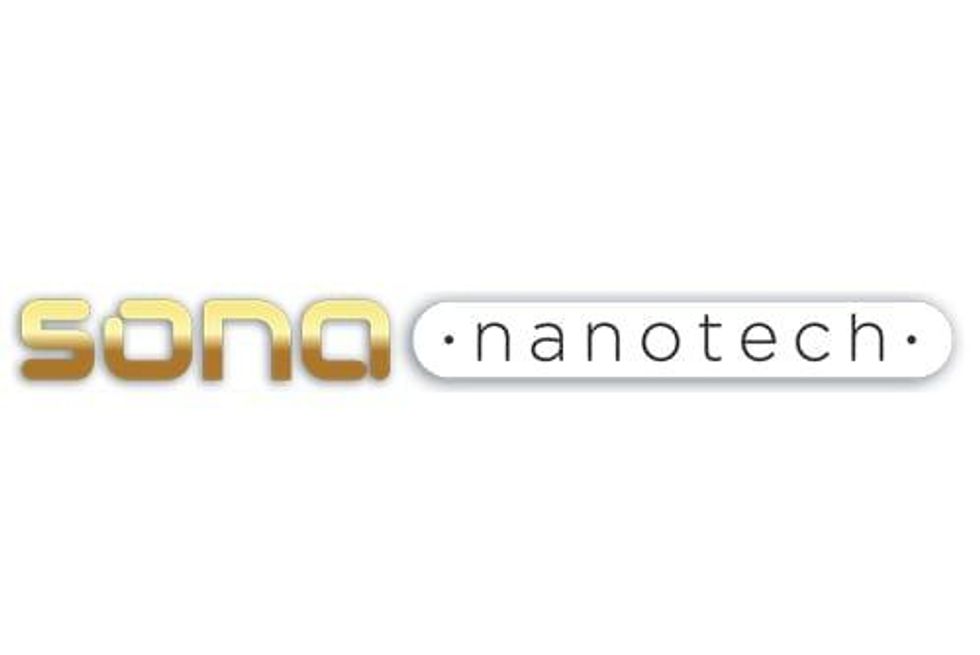What is Nano Investing?

The basics that you need to know about nanotech investing.
It’s been over 20 years since nanotechnology first took hold. Over that period this market has become an essential part of how we think about science, technology, and the world.
Used in everything from sunscreen to dental implants to automobiles, nano products are everywhere. However, despite its prevalence, nanotechnology can be a difficult field to understand.
With that in mind, here the Investing News Network (INN) provides a brief breakdown into nano investing to give investors an overview of today’s market.
Defining nano technology
The National Nanotechnology Initiative (NNI) defines nanotech as “science, engineering, and technology conducted at the nanoscale.” It is difficult to conceptualize just how small the nanoscale is. To give an idea, a sheet of newspaper is about 100,000 nanometers thick, and one inch is 25,400,000 nanometers thick.
Nanoscience relies on tools, such as the scanning tunneling microscope (STM) and the atomic force microscope (AFM) to examine the atoms and molecules which constitute our world. Progress in this field is widely applicable across all science fields, including chemistry, physics, and materials science.
How is nanotechnology used?
Nanotech is an interdisciplinary technology, which means that its benefits can be felt across a wide range of industries. Information technology, environmental science, food safety, transportation and homeland security all benefit from its innovations. The National Nanotechnology Initiative reports that there are over 800 everyday commercial products that rely on nanotechnology.
Nanotechnology is used in the vast majority of electronic devices. For example, the displays for cell phones, laptops, and televisions often incorporate nanostructured polymer films (known as organic light-emitting diodes) to offer brighter images, wider viewing angles, better picture display, decreased power usage, and longer lifetimes. Furthermore, it can help turn the waste heat generated by these devices into useable electrical power.
Nanotech is also of major importance in the healthcare industry. For example, nanotechnology has been used in the early diagnosis of atherosclerosis (an imaging technology measures the amount of an antibody-nanoparticle complex that accumulates in plaque) and Alzheimer’s disease.
Cancer, however, is the real driver behind the nanotech market. One way that it benefits patients is by using nanoparticles as a platform to facilitate the specific targeting of cancer cells (thus protecting healthy tissue from risk).
Nano investing snapshot
Because of nanotechnology’s versatility, the nanotech market continues to grow. In their Nanotechnology Update, Lux Research reports that governments, corporations, and venture capitalists invested $18.5 billion in the nanotech market in 2012, an 8 percent increase from 2010. The United States contributed 36 percent of this capital, including $2.1 billion in federal and state funding and $4 billion from corporations. Revenue also increased to $731 million, up from $339 million two years prior.
BCC Research’s report titled “The Maturing Nanotechnology Market: Production and Applications” states that the global nanotechnology market is expected to reach $90.5 billion by 2021–up from $39.2 billion in 2016, representing a compound annual growth rate of 18.2 percent during that time period. To that end, a separate report done by Research and Markets projects that during the period 2016-2025, the market will grow at a CAGR of 18.1 percent to reach $173.95 billion by 2025.
Don’t forget to follow us @INN_Technology for real-time news updates.
This is an update to an article originally published on the Investing News Network in 2015.
Securities Disclosure: I, Morag McGreevey, hold no direct investment interest in any company mentioned in this article.
